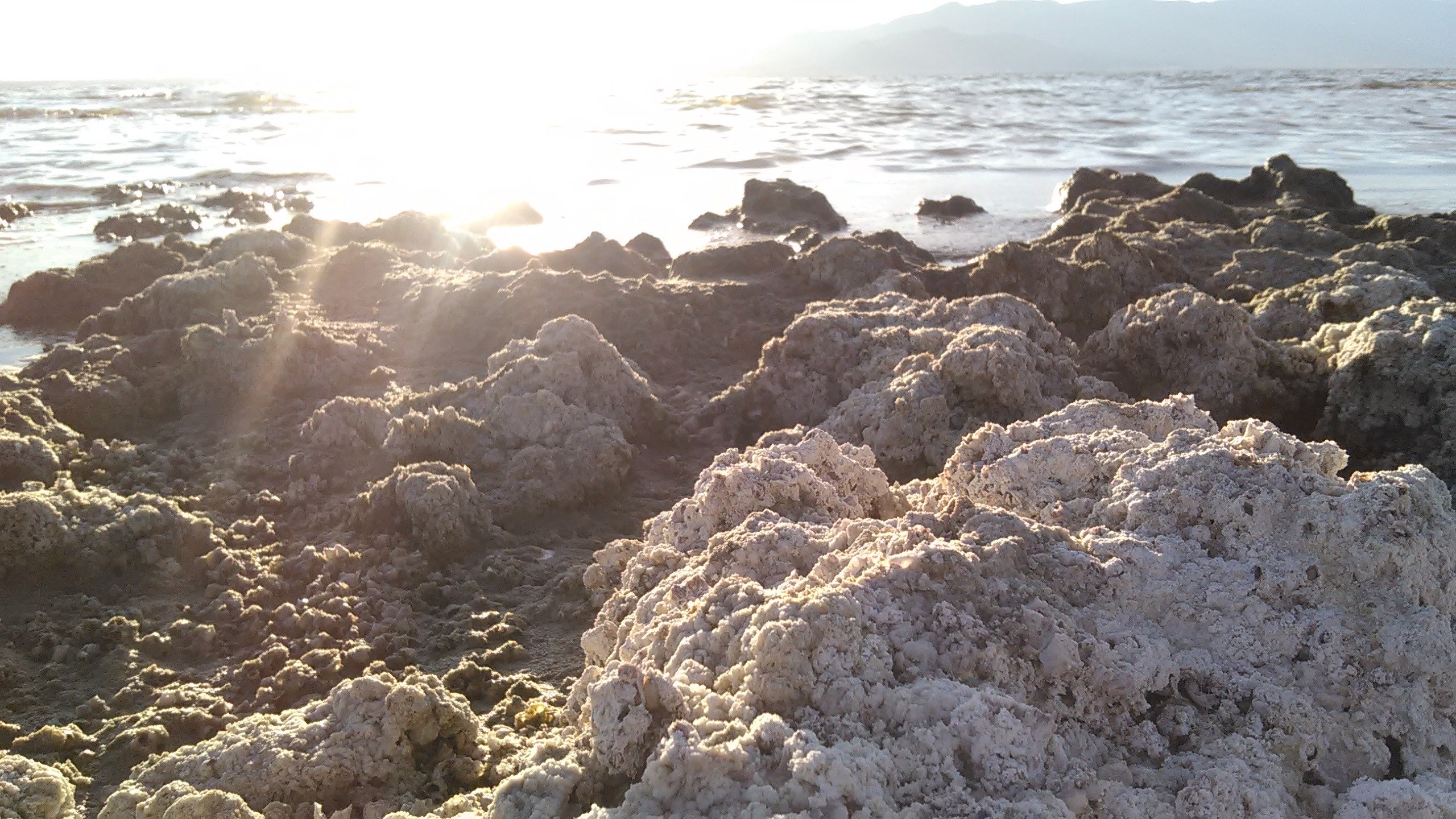
In 1905, water from the Colorado River broke through an irrigation canal and flooded a dry lake bed called the Salton Sink in Southern California. The flooding continued for two years, creating a pristine 400-square-mile lake. The Salton Sea, as it was called, became an instant vacation hotspot. Its sandy beaches and warm water drew millions of visitors every year. Filled with fish from the Colorado River, it also drew migratory birds looking for food in the desert.
But Salton Sea's popularity was short-lived. Once the irrigation canal was fixed, the lake's only water source was the agricultural runoff from nearby farms. This, together with the rising temperatures and California's prolonged drought, has caused the Salton Sea to shrink by 38 square miles since 2003. Under current conditions, the lake will lose three-quarters of its water by 2030.

Additionally, the water that remains is salty and filled with toxic algal blooms. The lack of oxygen in the water has killed all the fish. Even worse, the lake's ever-increasing dusty lake bed contains harmful chemicals from the agricultural runoff. The dust particles, carried by the gusty winds, are creating serious health issues for the area's residents.
California has set aside millions of dollars to restore the lake. But finding a solution has proved elusive. A proposal to fill the lake with salt water from Mexico's Sea of Cortez was recently turned down. The experts believe it would be costly and harmful to the environment. Instead, they suggest building a desalination plant to reduce the lake's salt levels. They also want farmers to stop planting crops in the area. This will allow water from the Colorado River to reach the Salton Sea.

"I'd love to see this lake full of water, but it's not feasible," said Frank Ruiz, the director of Salton Sea Program. "The solution is for communities, water districts, and environmental groups to find common ground and protect it."
Resources: Gizmodo.com, Cnbc.com, USAtoday.com
